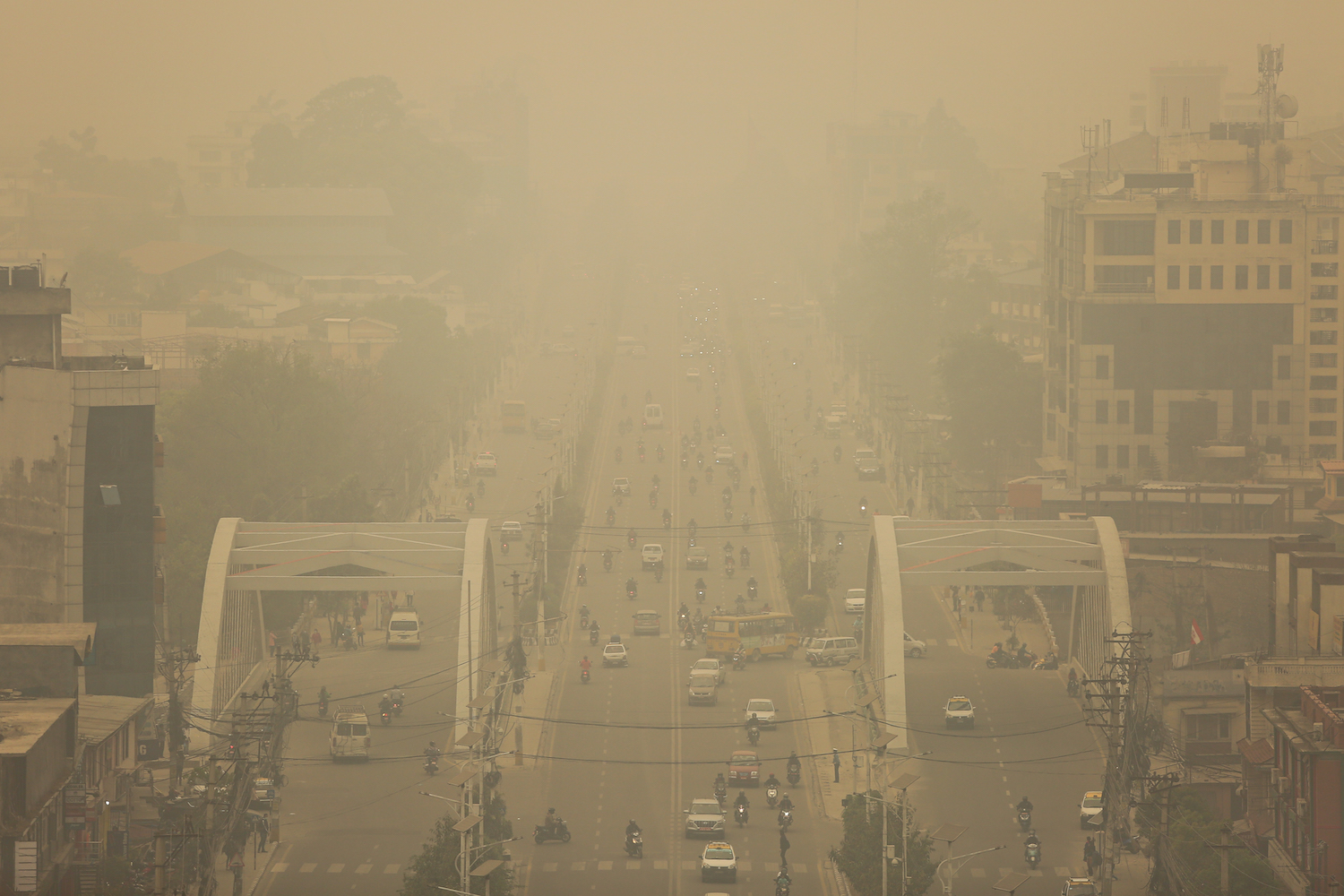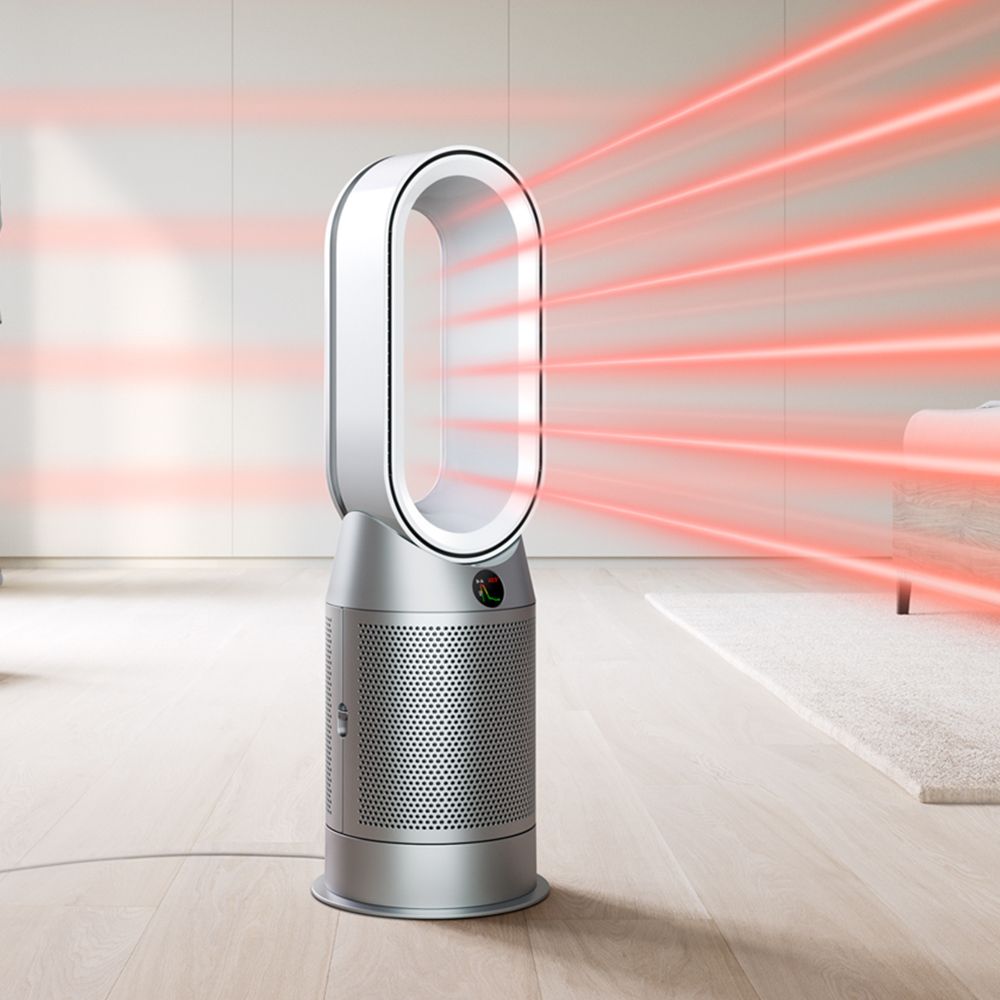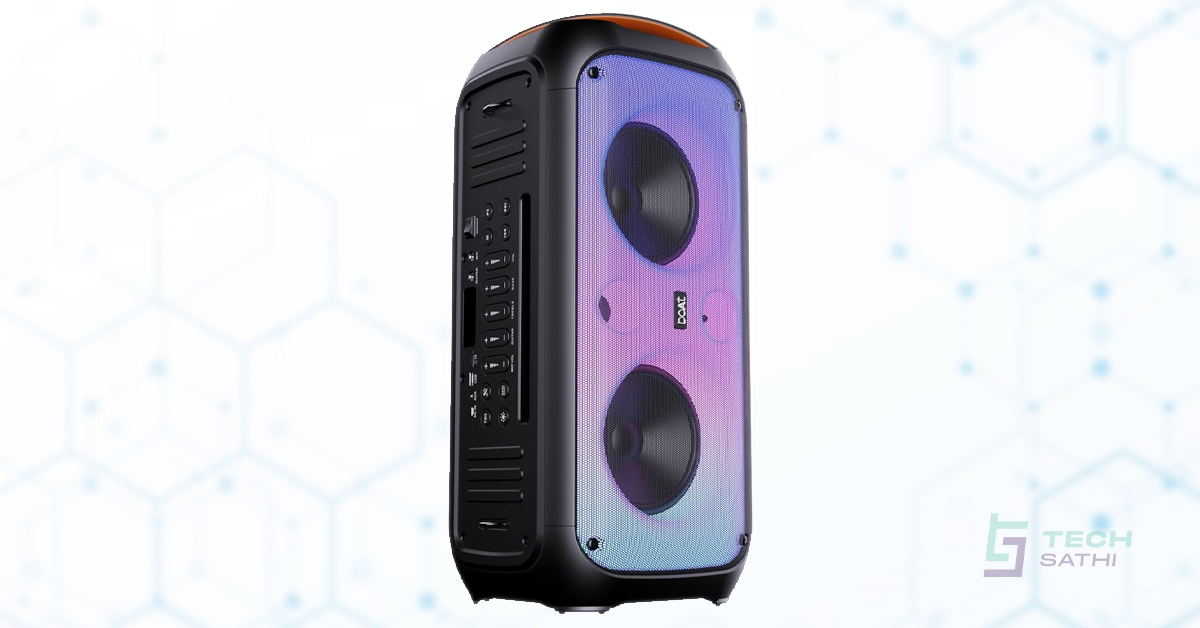A Troubling Trend
Air quality in the Kathmandu Valley has been declining for months. Many monitoring stations now report high concentrations of PM2.5 and PM10 almost daily. These readings often push the Kathmandu Valley Air Quality index (AQI) into the “unhealthy” or even “very unhealthy” range. Several locations have recorded PM2.5 levels above 100 µg/m³, and on the worst days, values have spiked above 150–200 µg/m³.
PM2.5 levels above 100 µg/m³ are unsafe for sensitive groups. Levels above 150–200 µg/m³ are dangerous even for healthy adults. These numbers are alarming, especially because the valley is home to many children, older adults, and people with breathing problems.
Why It Gets Worse During Winter
Winter is the most hazardous season for air quality in the Kathmandu Valley. Several conditions combine to trap pollutants and push AQI levels even higher:
Temperature inversion
Cold air settles near the ground and traps pollutants. This prevents smoke and dust from rising or dispersing. As a result, thick smog forms over the valley.
Increased use of heating
Households rely more on wood, coal, LPG, and low-quality stoves for warmth. These fuels release smoke and fine particles into the air.
More vehicles on the road
Cold mornings and evenings lead to increased use of cars and motorcycles. This boosts exhaust emissions and adds more PM2.5 and PM10 to the valley.
Dust and construction
Winter is dry. With little rainfall, dust from construction sites, unpaved roads, and ongoing development rises easily and stays suspended in the air.
Because of these factors, experts warn that air quality in the next few months may worsen significantly. PM2.5 levels may remain above unhealthy thresholds for long periods. This puts nearly everyone in the valley at risk.

Health Impacts of Rising PM2.5
High levels of PM2.5 and PM10 can create serious health problems. Long-term exposure may lead to:
- Asthma attacks and breathing difficulties
- Persistent cough and bronchitis
- Eye, throat, and skin irritation
- Headaches and fatigue
- Increased strain on the heart
Children, pregnant women, older adults, and people with respiratory issues face greater risks than others.
Why Indoor Air Quality Matters More Than Ever
Outdoor pollution is rising fast, especially in winter. Naturally, people expect indoor spaces to offer relief. Yet this is not always the case. Dust, smog, and exhaust seep into homes through windows, gaps, doors, and normal ventilation systems. Without protection, indoor air becomes almost as polluted as outdoor air.
That is why maintaining clean indoor air is essential. An effective air purifier is no longer a luxury in the Kathmandu Valley. It is becoming a basic health requirement — especially for families with children, elderly parents, or anyone with breathing problems.
Recent PM2.5 Trends in Kathmandu Valley
Data from the last few years shows a clear pattern: Kathmandu’s winter air quality has been declining steadily. PM2.5 levels rise sharply from November to February. This happens due to cold air, dry conditions, and increased fuel burning during winter.
Below is a simplified table showing average winter PM2.5 levels in Kathmandu Valley:
Average PM2.5 Levels (Winter Season, µg/m³)
| Year | Average PM2.5 (Nov–Feb) | AQI Category | Notes |
|---|---|---|---|
| 2019 | 82 µg/m³ | Unhealthy for Sensitive Groups | Slightly elevated dust and vehicle emissions |
| 2020 | 95 µg/m³ | Unhealthy | COVID-era reduced traffic but increased household burning |
| 2021 | 110 µg/m³ | Unhealthy | Higher construction activity |
| 2022 | 128 µg/m³ | Unhealthy | Severe temperature inversion |
| 2023 | 142 µg/m³ | Very Unhealthy | Slow wind movement, winter smog |
| 2024 | 156 µg/m³ | Very Unhealthy | Drier season, high emissions, more vehicles |
These numbers show how each winter season has become progressively worse, with 2024 being one of the most polluted years in recent memory.
Seasonal Comparison: PM2.5 in Kathmandu Valley
Kathmandu’s pollution behaves differently across seasons. Winter is the worst, while monsoon is the cleanest.
Seasonal PM2.5 Comparison Table
| Season | Average PM2.5 (µg/m³) | Condition |
|---|---|---|
| Winter (Nov–Feb) | 130–160 | Very Unhealthy |
| Spring (Mar–Apr) | 80–110 | Unhealthy |
| Summer (May–Jun) | 60–80 | Moderate–Unhealthy |
| Monsoon (Jul–Sep) | 20–40 | Good–Moderate |
| Autumn (Oct) | 80–100 | Unhealthy for Sensitive Groups |
Winter pollution is 4x higher than monsoon levels, showing how dangerous the cold months can be.
Why People in Kathmandu Need Indoor Air Protection
With outdoor air deteriorating, indoor protection becomes essential. Even closed rooms accumulate:
- Dust and smoke entering through gaps
- Pollution brought in through ventilation
- Fine particles carried on clothes
- Smoke and VOCs from cooking and household items
Research shows that indoor air can be 2–5 times more polluted than outdoor air during winter in Kathmandu.
Families with children, elderly people, or asthma patients face severe risks.
That’s where an effective indoor air purifier becomes a necessity.
Dyson Air Purifier: A Reliable Solution for Kathmandu’s Winter Pollution
Dyson purifiers are designed specifically for environments with heavy dust and high PM2.5 levels — exactly what Kathmandu experiences during winter. They combine filtration, airflow engineering, and sensor technology to maintain safe indoor air.

Key Benefits of Dyson Air Purifiers
1. HEPA H13 Filtration
Captures 99.95% of particles as small as 0.1 microns, including:
- PM2.5
- PM10
- Dust
- Smoke
- Allergens
This makes it ideal for Kathmandu’s winter smog.
2. Activated Carbon Layer
Removes:
- Odors
- Harmful gases
- Traffic fumes
- VOCs from household items
3. 360-Degree Airflow
Pulls polluted air from all directions and circulates clean air across the entire room.
4. Real-Time AQI Monitoring
Built-in sensors show PM2.5, VOC, and overall air quality in real time.
Consumers in Kathmandu appreciate this because AQI fluctuates throughout the day.
5. Quiet and Energy Efficient
Designed for continuous use, even at night.
Availability in Nepal
Dyson air purifiers are officially available at:
• Oliz Store
An authorized premium reseller for tech and lifestyle products in Nepal.
Conclusion: Winter Is Coming — and So Is More Pollution
Kathmandu Valley’s air quality is already on the negative side. Winter will make it far worse due to trapped pollutants, vehicle emissions, and household smoke. Health risks are rising, and vulnerable groups are at serious risk.
While outdoor pollution is hard to control individually, indoor protection is fully in your hands.
Using a high-quality purifier like Dyson can significantly reduce PM2.5 exposure and create a safer living space for your family.
You can also read this blog: https://techsathi.com/branded-vs-chinese-products-key-differences



